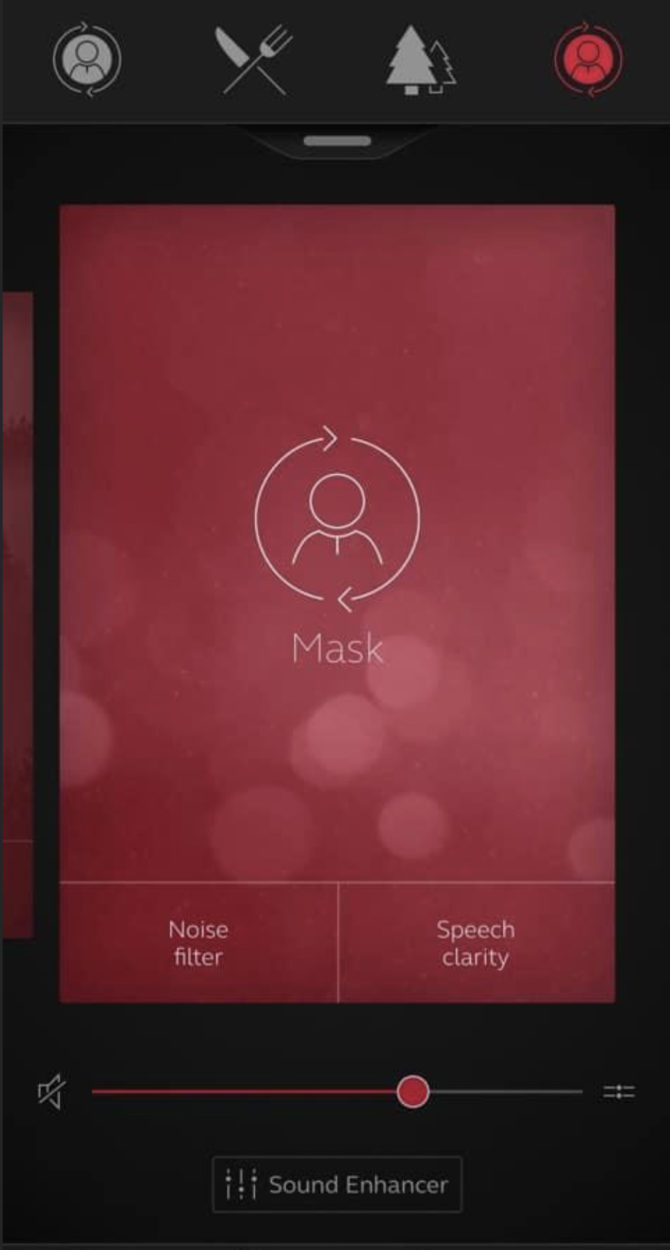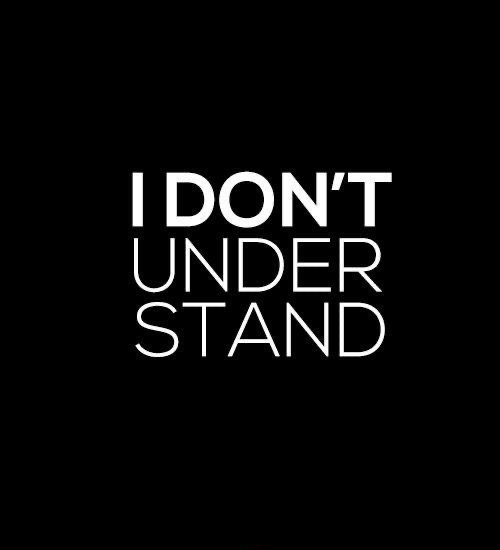
Face coverings/Face Masks/Surgical Masks/PPE & Hearing Technology (Hearing Aids)
What’s best? What should I wear? What are the rules now ? Are they necessary? What good do they do?
Our conversations are dominated by the need to cover our faces. Turn on the radio, TV or go online and the debate rages on. As a community-based audiology practice, the Hearing Healthcare Practice looks at some practical advice and tips to help for those where covered mouths and face visors pose particular communication challenges.
Covered Mouths, Lip Reading and Hearing Challenges
The use of face coverings hide someone’s mouth from sight so it can make it much harder to hear and understand. Many of our clients have to see someone’s face and lips in order to understand. To some degree, we all do this as we rely on some amount of natural lipreading to support our hearing, especially in situations where it’s noisy. Face masks take away that opportunity and, increasingly, our clients are reporting that they just can’t understand. Exemptions to the rules now include if you’re travelling on public transport with someone with a hearing loss who needs to lip read. Another exemption covers you if you attend a hospital or GP appointment with someone who needs to lip read as well. Other exemptions support those with disability and breathing difficulties. But even if you are justified in not wearing a face mask, this can create a feeling of vulnerability in others particularly if someone is physically close to you. It may result in someone demanding you wear a mask. As many disabilities are invisible it could even lead to a misunderstanding or an uncomfortable confrontation.
The official Gov.uk website has provided some images for download but, as most don’t know these exist, we wonder if it is enough to protect you from the embarrassment of having to explain why you can’t wear a mask. The site explains: “Those who have an age, health or disability reason for not wearing a face covering should not be routinely asked to give any written evidence of this, this includes exemption cards. No person needs to seek advice or request a letter from a medical professional about their reason for not wearing a face covering. Some people may feel more comfortable showing something that says they do not have to wear a face covering.This could be in the form of an exemption card, badge or even a home-made sign. This is a personal choice and is not necessary in law.”
More details can be found HERE
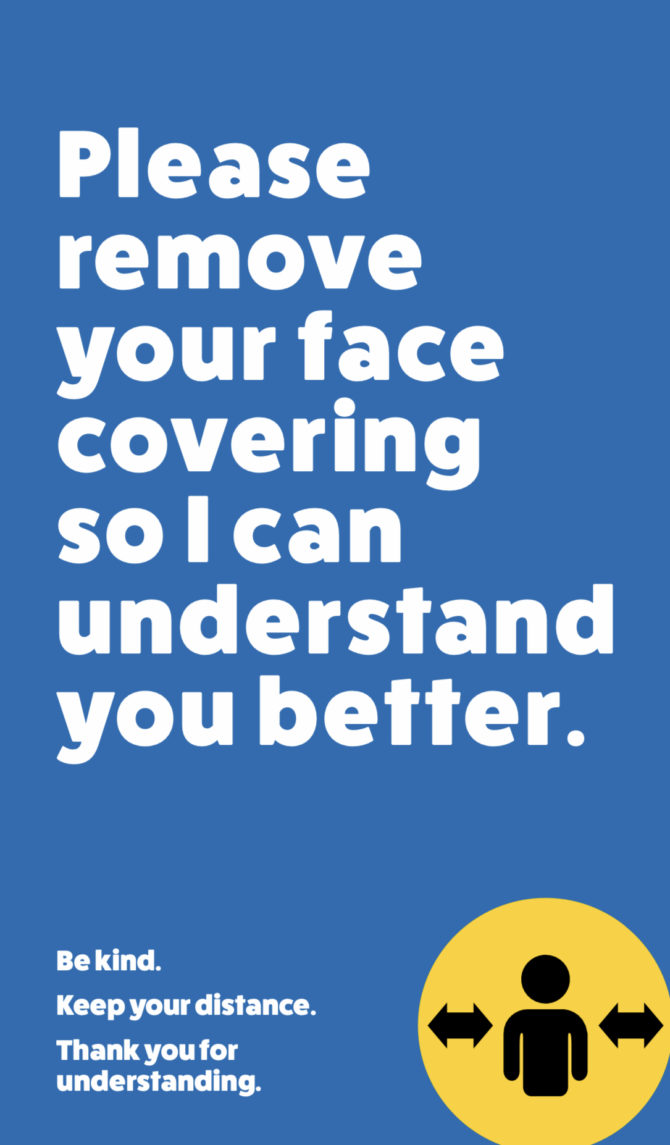
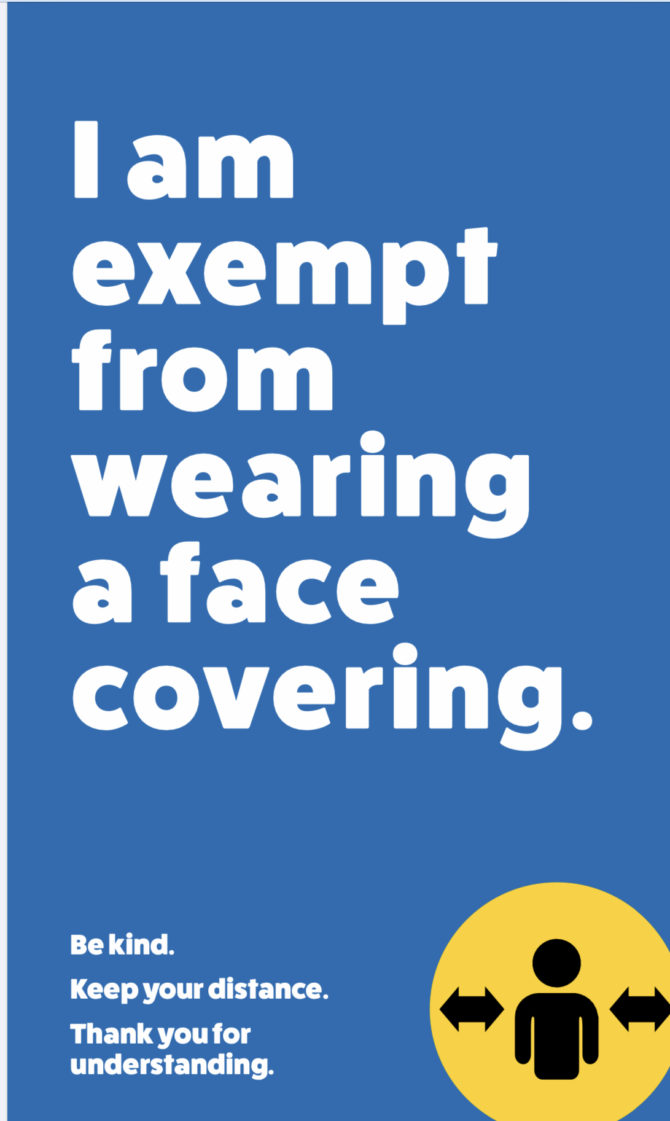
Muffled Sound
Masks and face shields create further difficulties as the sound of someone’s voice is muffled or, in the case of a screen, directed away and behind them rather than projected forward. This subtle acoustic shift changes the sound quality, filtering away crucial high pitched consonants whilst attenuating vowels and making it much harder to understand. So, whatever your view is on the necessity to wear a mask or shield, we hope you appreciate a blanket rule needs to be implemented in a proactive manner so that we don’t exclude others from communicating with us. We hear so much about inclusivity today, so please have a little consideration how others might struggle to understand you and find a safe workaround.
Tangled Up Mess
Another issue we’re hearing more about is that hearing treatment technology (aka hearing aids) are getting tangled up in the elastic loops which secure masks behind the ear. In several instances they are becoming dislodged and falling off the ear. Some have even been lost. Whether hearing aids are provided through the NHS or, are personally funded, this creates a huge issue in getting them replaced. Hospital departments and private audiology community centres are working under strict guidelines with many routine non-essential care processes currently suspended and significantly reducing the availability of face-to-face consultations. The increase in the use of masks and the reduction in access to audiology consultants is creating additional communication hardships.
Here are some practical tips (provided by hearing company, Starkey) how to put on and wear face masks.
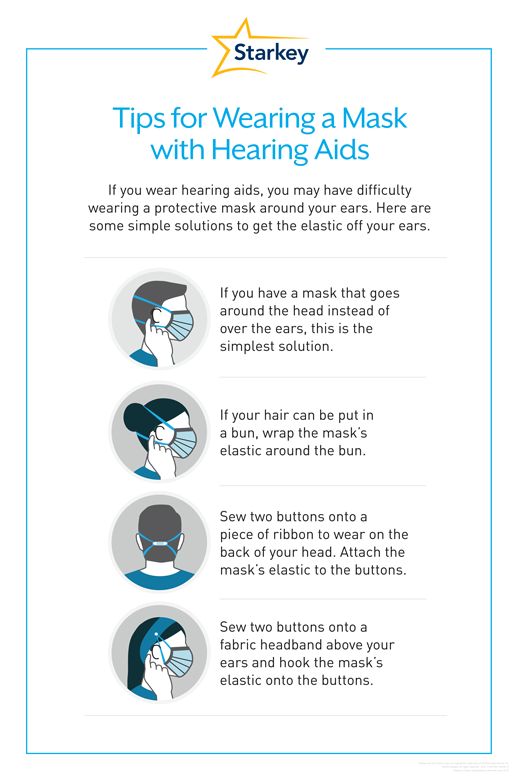
Hearing Aids with Face Mask Settings
Hearing aid manufacturers Signia and GnResound have both rolled out additional support to improve clarity if you wear their latest hearing aids and are struggling to understand someone with a mask. The Signia website explains:
Face masks not only cover the mouth, restricting any visual speech cues that we might usually rely on, from a simple smile to full lip-reading. They also affect the acoustic properties of the speech signal. Masks can reduce frequencies in the 2000-7000 Hz range by between 3 to 12 dB depending on the type of mask being used by the person who is talking. Even someone with normal hearing could experience a decrease in audibility of about 30% in this situation. This is then exacerbated by the lack of visual cues, which are proven to help improve listening performance, even in noise.
For the first time, hearing aid wearers have a bespoke solution to this problem: The new Mask Mode in the Signia app. It is available in the Universal hearing program and appears on the screen as a button with a face mask icon top right next to the volume slider. Mask Mode is activated by tapping the button, which then turns from grey to red. When the hearing aid wearer has finished talking to the person wearing a mask, they can deactivate Mask Mode by simply tapping the button again, and it turns back to grey.
In terms of the audiological solutions offered by the new Mask Mode, it tackles specific parameters of the hearing aid’s settings that are crucial for optimal speech understanding. These include gain to enhance the spectrum most relevant to speech intelligibility, effectively compensating for the adverse acoustic effects of the face mask. It also includes adjusting noise reduction as well as microphone beamforming to the ideal settings for speech signals. In combination, these automatic adjustments offer the best possible sound impression to help the hearing aid wearer understand what is being said.
Both companies produce hearing aids which are controlled by an app on a smart phone which now include a face mask setting. The Signia app and Resound Smart 3D provide an extra clarity boost.
Remote Microphones
more text coming soon…
Hearing Aid Insurance
more text coming soon …..
More Advice
Denmark’s IDA Institute published a downloadable resource to promote awareness of the issues.
Follow this link for further information and to download this infographic IDA INSTITUTE FACE MASK TIPS
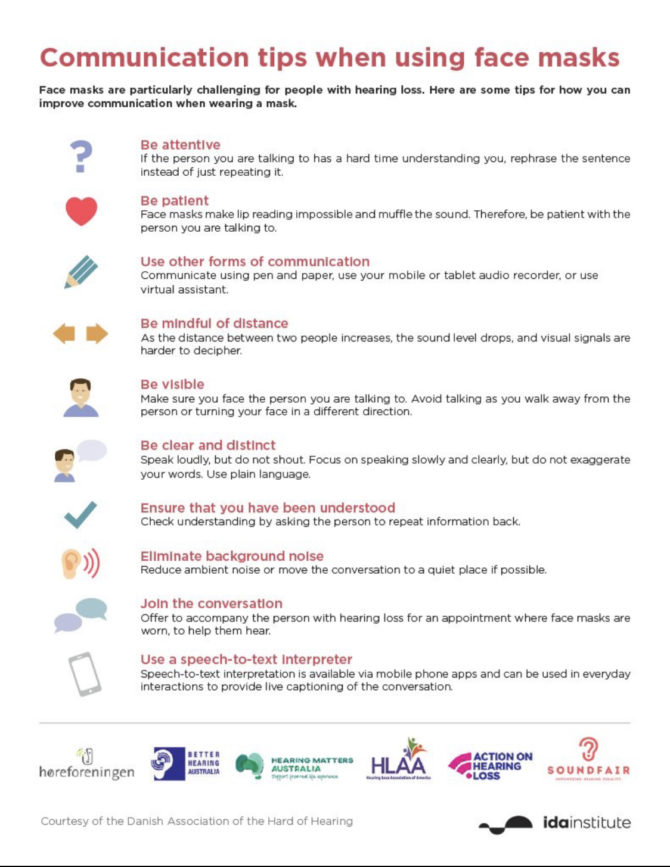
Hearing Healthcare Practice will be providing more updates on these pages shortly. For the time being, we hope this information has been useful. Please don’t hesitate to contact us with any questions you may have.
